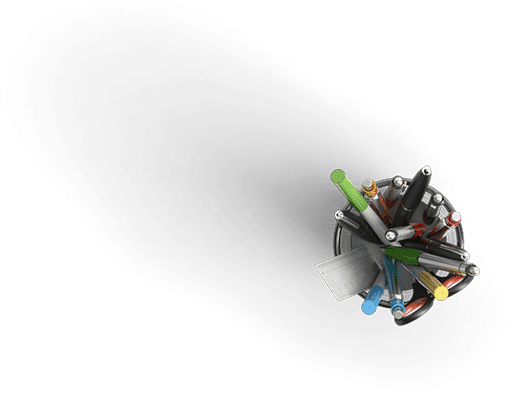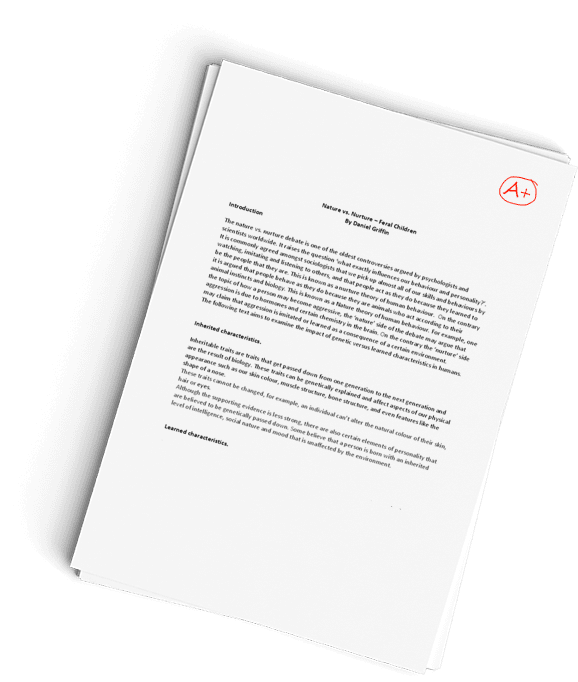week 7 disc 2 reply mesaly
Description
Respond to the following peer discussion:
In Joel (2018) chapter 11, it discussed the need for APRN to understand the business, financial structure, and system of their organization. Because organizational decisions vice versa APRNs practice/decision can impact and generate consequences, therefore; on an APN standpoint, it is advised to both be educated and knowledgeable about how APRN practice affect revenue generation and expenditure of resources. Organization must focus on how to drives financial viability through appropriate prioritization of outcomes and effective utilization of resources(Joel, 2018). For this discussion, the focus it to identify and discuss two conditions that have significant impact on revenue in the health care setting and how it might affect APNs who provide care in those settings.
The two conditions I will be focusing on the hospital-acquired conditions (HAC) box is catheter-associated urinary tract infection and falls and trauma in the emergency department. These two conditions can have a significant impact on revenue. In 2016, the Center for Disease Control (CDC) estimated îe in twenty-five hospital admissions resulted in hospital-acquired infection (HAI)(Schmier et al., 2016). Advanced Practice Registered Nurses (APRN) working in the emergency room as well as other healthcare professionals have the responsibility to help reduce these conditions. Centers for Medicare and Medicaid Services (CMS) reimbursement policy do link quality care to reimbursement and because of this; CMS will deny reimbursement to specific conditions that were not present at the time of admission (Joel, 2018). When patients falls as well as acquire catheter-associated urinary tract infection during their hospital stay, hospitals are not reimbursed for the treatment and hospital stay or even readmission because of these situations. The cost of treatment is solely on the hospital, and this is revenue lost. Since healthcare organizations are required to take responsibility for the cost of penalties of conditions that are preventable, a lot of emphasis is now on the nurses in leading the way to reducing these conditions (Joel, 2018).
According to Pathak, Gangina, Jairam, & Hinton (2018), about 250,000 cases of catheter-associated infection do occur per year in the hospital in United States and the estimated cost of treatment per case is $25,000. And according to the CDC, ach year about $50 billion is spent on medical costs related to non-fatal fall injuries and $754 million is spent related to fatal falls(CDC, 2023). Since most hospital admission starts from the emergency department, APRN working here should have a positive impact by helping put in orders in a timely manner to ensure patients are transferred to the unit that are supposed to take care of the situation that brought the patient to the hospital. From there proper assessment should be taken to ensure all precautions are made and staffs are aware. Emergency departments are usually very busy and fast paced, which can result to not enough staffs are able to attend to patients leaving room for medical error such as falls and trauma. APRN assessing these patients early enough and get them discharged or transferred early to another unit in other for further work up to be started for the patients will prevent falls and trauma to a very high extent. APRN implementing evidence-based practice and educating staff on infection prevention and precautions are ways to have a positive impact as an APRN. Catheter-associated urinary tract infections are another preventable loss of revenue to healthcare facilities. APRN can help prevent this by only ordering catheter for a patient when absolutely necessary and under the right indication. Making staffs aware of proper care and follow up on removal as soon as possible. The APRN can work closely with certified nurse specialist in coming up with evidence-based care for establishing protocols for catheter care.
References
CDC. (2023). Centers for Disease Control and Prevention, National Center for Injury Prevention and Control. https://www.cdc.gov/falls/data/index.html
Joel, L. A. (2018). Advanced Practice Nursing: Essentials for Role Development (4th ed.).
F.A. Davis Company: Philadelphia, PA.
Pathak, R., Gangina, S., Jairam, F., & Hinton, K. (2018). A vascular access and midlines
program can decrease hospital-acquired infection and cost to community-based
hospital. Therapeutics and Clinical Risk Management, 14: 1453-1456.
https://doi.org/10.2147/TCRM.S171748
Schmier, J., Hulme-Lowe, C., Semenova, S., Klenk, J., Deleo, P., Sedlak, R., & Carlson,
P. (2016). Estimated hospital costs associated with preventable healthcare-
associated infections. Clinical Economics and Outcomes Research, 8: 197-205.

Have a similar assignment? "Place an order for your assignment and have exceptional work written by our team of experts, guaranteeing you A results."








